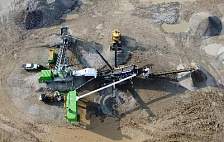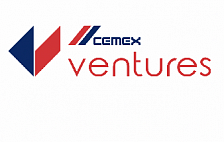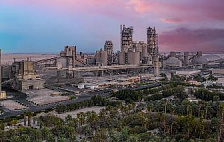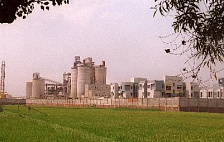- Boral to receive $30m to develop a CCUS project (the Project) at its cement and lime facilities in the NSW Southern Highlands, targeting 100,000 tonnes per year of CO2
- Calix will be supplying its Low Emissions Intensity Lime and Cement (LEILAC) technology to the Project.
- The Project will be developed in three phases:
- The initial feasibility assessment phase will focus on a Basis of Design (BOD), commercial agreements and assessment including CO2 use options
- Phase two will concentrate on Front End Engineering and Design (FEED) leading to a final investment decision (FID)
- Phase 3 will involve detailed Engineering, Procurement and Construction (EPC) leading to commissioning and operation.
The Project, undertaken by Boral in collaboration with Calix, will help accelerate Calix’s LEILAC technology through development of both cement and lime deployment options, as well as alternative fuels and renewable energy use.
Since 2019, Calix’s LEILAC technology has been piloted with leading cement and lime companies in Europe and recently attracted US-based impact investment fund Carbon Direct to invest directly into the LEILAC technology to accelerate global development and deployment.
The Project, in the NSW Southern Highlands aims to:
- Develop CO2 capture capability for Boral’s cement and lime facilities,
- Assess alternative energy sources such as renewable energy and alternative fuels, to further reduce CO2
Options for utilisation of the CO2 from the Project will also be assessed which, when combined with alternative fuels or renewable energy to power the technology, are targeted to create truly zero emissions lime and cement.
The Project objectives are aligned with the Government’s Technology Roadmap to reach net zero emissions by 2050 and to lower the cost of Carbon Capture, Use and Storage to less than $20/tonne.
This funding will now support Boral and Calix in finalising key commercial terms and commencing design. If the initial feasibility phase, which is expected to take about twelve months, is successful, a full FEED study will follow leading to an FID, followed by an EPC and operational phase.








